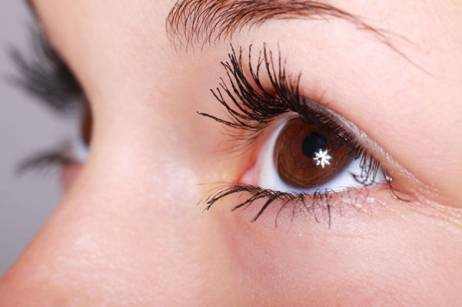Ever looked at something and thought, “Is that really that small?” or “Why does that seem so huge?” If you’ve ever experienced this, you might be dealing with something called micropsia or macropsia. These are fancy terms for when your brain tricks you into seeing objects as smaller or bigger than they really are. Let’s break down what these conditions are, what causes them, and what you can do about it.
What Are Micropsia and Macropsia?
Micropsia is when objects look smaller than they actually are, like you’re seeing the world through the wrong end of a telescope. Macropsia is the opposite—everything seems bigger, almost like you’re looking through a magnifying glass.
Quick Comparison
| Condition | What You See |
|---|---|
| Micropsia | Objects appear smaller than they really are |
| Macropsia | Objects appear larger than they really are |
What Causes These Perceptions?
These visual changes can happen for a bunch of reasons, often linked to your eyes or your brain.
Eye-Related Causes
- Retina Issues: Problems with your retina (the back part of your eye that helps you see) can mess with your vision. For example, if your retina is damaged, it might make things look smaller.
- Incorrect Glasses or Contacts: If your prescription is off, your vision might be too, making things seem the wrong size.
Brain-Related Causes
- Migraines: Some people see things differently when they have a migraine, including objects that seem too big or too small.
- Seizures: Certain types of seizures can affect how your brain processes images, leading to these kinds of distortions.
- Head Injuries: If you’ve had a concussion or other head trauma, it might mess with the way your brain interprets what your eyes see.
How Do These Conditions Affect You?

If you have micropsia or macropsia, everyday tasks can become tricky. Here are some common issues:
- Misjudging Sizes: Whether it’s a chair that looks too small or a doorway that seems huge, it can throw you off.
- Trouble Getting Around: When sizes seem off, depth perception can get wonky too, making it hard to move around without bumping into things.
- Emotional Stress: Constantly seeing the world differently can be frustrating and stressful, leading to anxiety or confusion.
Diagnosing and Treating Micropsia and Macropsia
If you think you might have one of these conditions, it’s important to see a doctor. They’ll usually do some tests to figure out what’s going on, like checking your eyes or looking at your brain with scans.
Treatment Options
The right treatment depends on what’s causing the problem:
- Corrective Lenses: If your glasses or contacts are the issue, getting the right prescription can solve it.
- Vision Therapy: This is like physical therapy for your eyes and brain, helping them work together better.
- Medication: If migraines or seizures are causing the issue, medicine might help keep the distortions at bay.
Living with Size Distortions
Living with micropsia or macropsia can be challenging, but it’s manageable. Regular check-ups with your doctor, along with therapy and possibly medication, can make a big difference. Some people also find it helpful to talk to a therapist to deal with the emotional side of things.
Conclusion
Seeing the world in a distorted way can be unsettling, but understanding micropsia and macropsia can help you manage these conditions. With the right care and support, you can get back to seeing things as they really are.
References
- McCabe, M. L. “Understanding Metamorphopsia: From Retinal Pathology to Neurological Conditions.” Ophthalmic Research, 2022.
- Smith, A. H., and Peterson, D. M. “Migraines and Visual Distortions: A Comprehensive Review.” Headache, 2023.
- Thompson, R. “Managing Micropsia and Macropsia: Treatment Strategies for Patients.” Clinical Eye Care, 2023.





